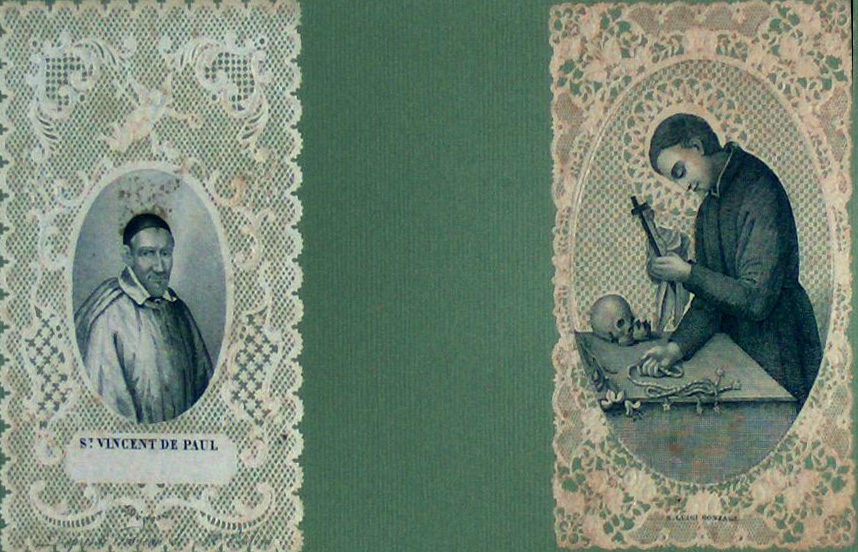Siderography on:
[Wikipedia]
[Google]
[Amazon]
Siderography is a mechanical process developed by  Perkins developed the use of steel plates in banknote production in 1805, and these were more resistant to wear from printing than copper plates. Siderography enabled the steel plates to be copied with greater frequency. It was first used for printing banknotes of the
Perkins developed the use of steel plates in banknote production in 1805, and these were more resistant to wear from printing than copper plates. Siderography enabled the steel plates to be copied with greater frequency. It was first used for printing banknotes of the
International Association of Siderographers records
at the University of Maryland libraries. Engraving Relief printing
Jacob Perkins
Jacob Perkins (9 July 1766 – 30 July 1849) was an American inventor, mechanical engineer and physicist. Born in Newburyport, Massachusetts, Perkins was apprenticed to a goldsmith. He soon made himself known with a variety of useful mechanical ...
in the early 1800s enabling the unlimited reproduction of engraved steel plates. The process enables the transfer of an impression from a steel plate to a steel cylinder in a rolling press. An individual who engraves steel plates was known as a siderographist in the mid 1800s, and a siderographer by the early 1900s.
 Perkins developed the use of steel plates in banknote production in 1805, and these were more resistant to wear from printing than copper plates. Siderography enabled the steel plates to be copied with greater frequency. It was first used for printing banknotes of the
Perkins developed the use of steel plates in banknote production in 1805, and these were more resistant to wear from printing than copper plates. Siderography enabled the steel plates to be copied with greater frequency. It was first used for printing banknotes of the United States dollar
The United States dollar ( symbol: $; code: USD; also abbreviated US$ or U.S. Dollar, to distinguish it from other dollar-denominated currencies; referred to as the dollar, U.S. dollar, American dollar, or colloquially buck) is the officia ...
.
Counterfeiting had become an important issue in Europe in the late 1700s and early 1800s, primarily because the banknotes were produced with no standardized process or design, using readily available technology and techniques familiar to over 10,000 copper engravers. France
France (), officially the French Republic ( ), is a country primarily located in Western Europe. It also comprises of Overseas France, overseas regions and territories in the Americas and the Atlantic Ocean, Atlantic, Pacific Ocean, Pac ...
offered a prize contest in the 1790s as a result of the counterfeiting of assignat
An assignat () was a monetary instrument, an order to pay, used during the time of the French Revolution, and the French Revolutionary Wars.
France
Assignats were paper money (fiat currency) issued by the Constituent Assembly in France from 1 ...
s. One of the submitted proposals for this contest had been the use of siderography, though it was not viable at the time.
The English banknotes of that era came to be known as "filthy rags", and in 1817, the Bank of England
The Bank of England is the central bank of the United Kingdom and the model on which most modern central banks have been based. Established in 1694 to act as the English Government's banker, and still one of the bankers for the Government of ...
advertised a contest for the submission of a process to develop counterfeit-resistant banknotes, for which the winning entry would receive . Perkins moved to England in 1818, and made preparations for equipment, machinery, and his workmen to follow him. He submitted his proposal for the use of siderography in banknote production, but the idea was not well received by the Bank of England. Despite this, the idea gained traction, and by the end of the 1920s siderography was in use by over 200 banks in the United Kingdom.
By the 1930s, a transfer press was operated by a siderographer, who would manipulate a "system of compound levers" on the press to regulate the amount of pressure exerted on the transfer rolls.
Trade union
On 11 January 1899, the ''Steel Plate Transferrers' Association''trade union
A trade union (labor union in American English), often simply referred to as a union, is an organization of workers intent on "maintaining or improving the conditions of their employment", ch. I such as attaining better wages and benefits ( ...
was established in Washington, D.C.
)
, image_skyline =
, image_caption = Clockwise from top left: the Washington Monument and Lincoln Memorial on the National Mall, United States Capitol, Logan Circle, Jefferson Memorial, White House, Adams Morgan, ...
, which by 1921 had changed its name to the ''International Association of Siderographers''. It was the smallest organization by membership in the AFL–CIO
The American Federation of Labor and Congress of Industrial Organizations (AFL–CIO) is the largest federation of unions in the United States. It is made up of 56 national and international unions, together representing more than 12 million ac ...
(American Federation of Labor and Congress of Industrial Organizations), reaching a peak of about 80 members in the 1930s, and was dissolved in 1991 after retirements and technological advances reduced its membership to eight people.
It had three local chapters: the Washington office had jurisdiction for membership in that city, and all members outside the United States excluding Canada and Great Britain; the New York office had jurisdiction for all members in the United States excluding Washington, D.C.; and the Ottawa office had jurisdiction for all members in Canada and Great Britain.
Notes
References
* * * * * * {{refendExternal links
International Association of Siderographers records
at the University of Maryland libraries. Engraving Relief printing